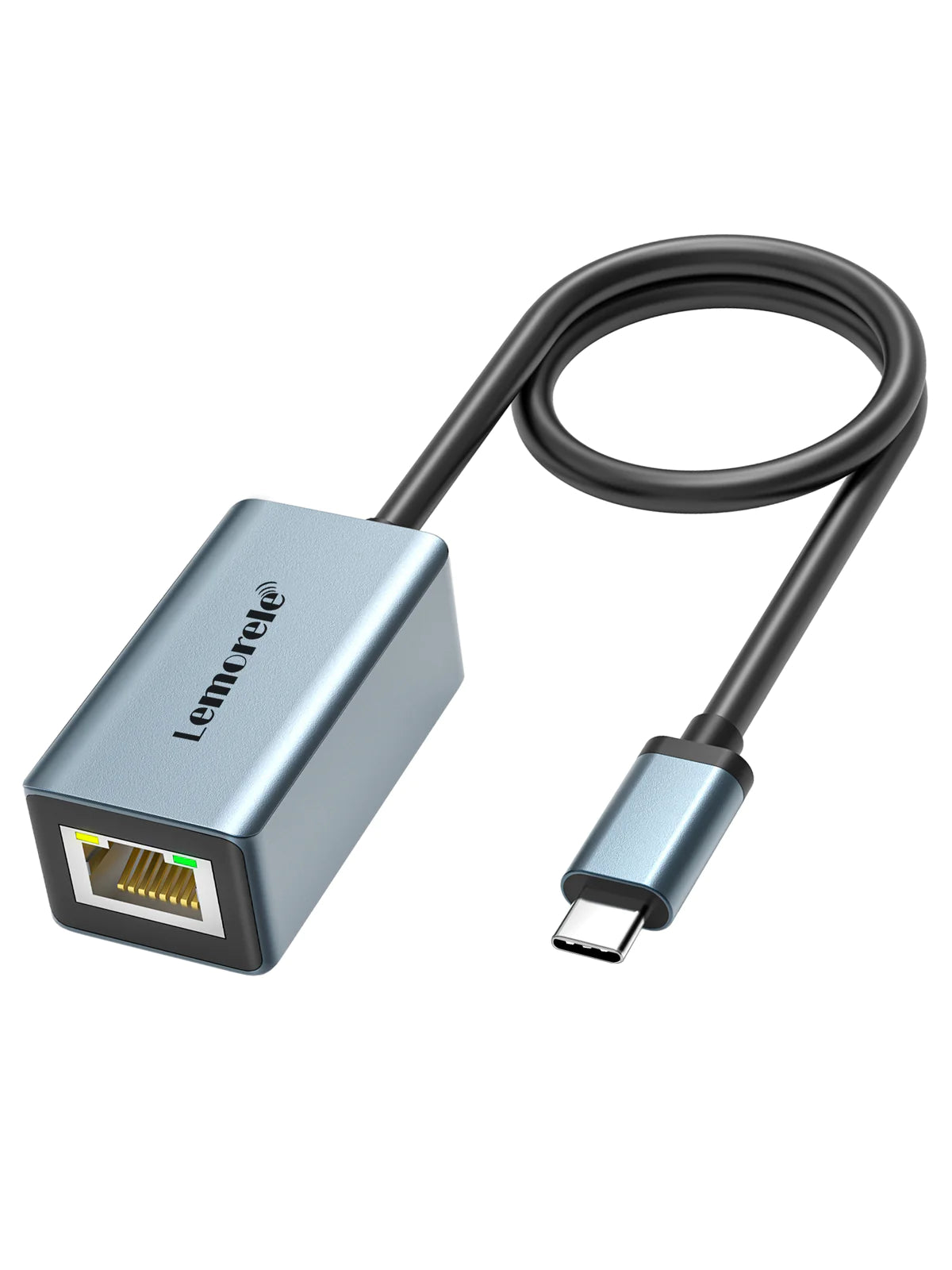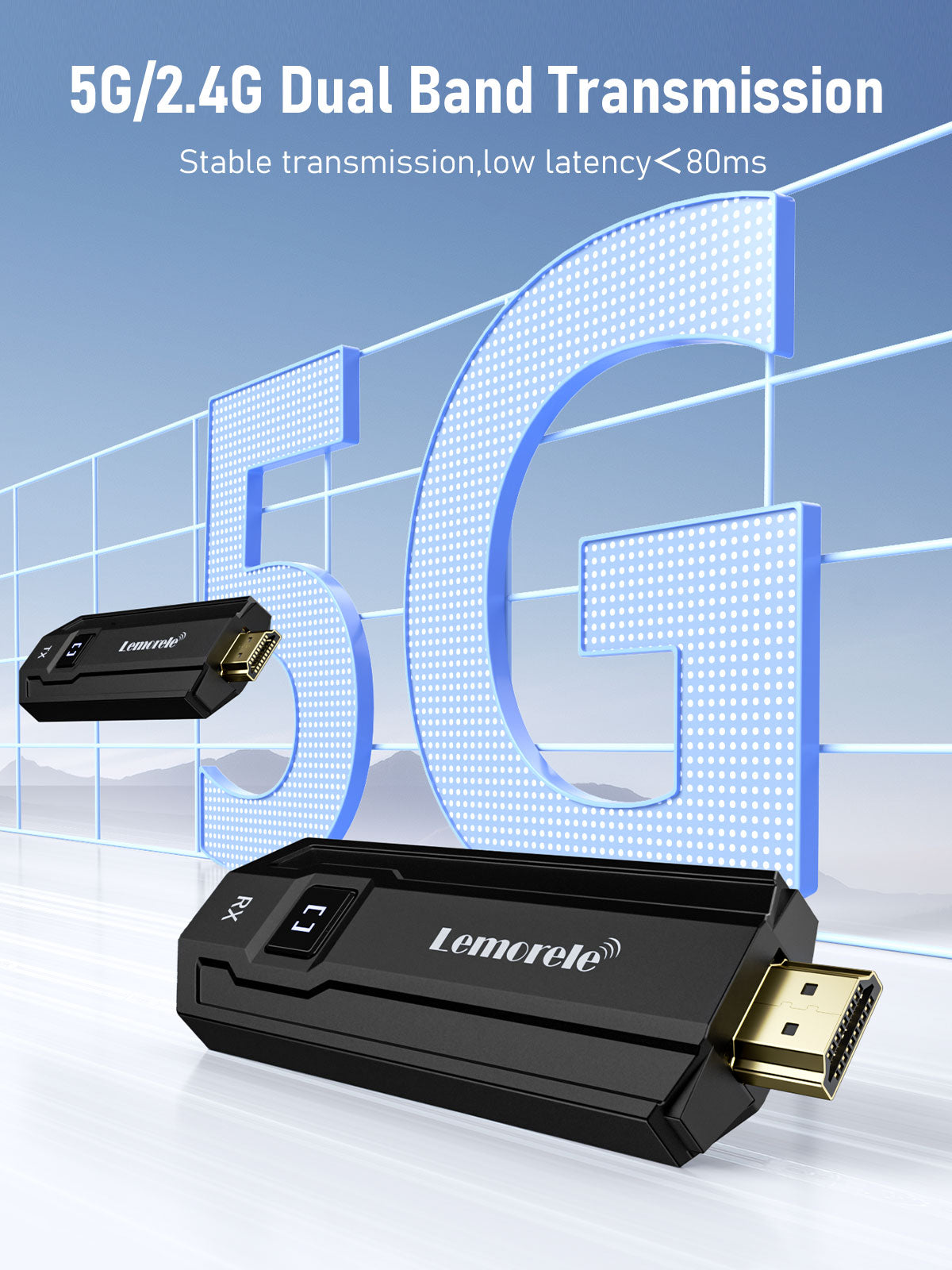Ethernet adapter is an essential component of computer networks, responsible for connecting computers and networks. In modern computer networks, the role of Ethernet adapter is becoming increasingly important. This article will introduce the definition, function and usage of Ethernet adapter to help readers better understand its role in computer networks.
1. What is an Ethernet adapter?
An Ethernet adapter is a hardware device in computer networks, also known as a network interface card (NIC). Its main function is to connect computers to the network, allowing them to send and receive data on the network. Ethernet adapters are usually installed on the motherboard of a computer, and are connected to other hardware devices such as processors, memory, and hard drives.
The role of Ethernet adapter is very important. It allows computers to communicate with other computers and network devices. Through Ethernet adapter, computers can send and receive data packets, which can contain various types of data such as text, images, audio, and video. Ethernet adapters can also detect and correct errors in data transmission, ensuring the reliability and integrity of data.
Depending on different standards and technologies, Ethernet adapters can be divided into various types. The most common type is the adapter based on traditional Ethernet standards, such as 10BASE-T and 100BASE-TX. In addition, there are some advanced adapters such as Gigabit Ethernet adapters and 10 Gigabit Ethernet adapters, which can provide higher data transfer speeds and larger bandwidth.
Second, the function of Ethernet adapter
Ethernet adapters play a very important role in computer networks, and its main functions include:
1. Data transmission
Ethernet adapters can convert data generated by computers into data formats that can be recognized by the network, and then transmit them to the target device through the network. During the data transmission process, the Ethernet adapter divides the data into multiple data packets and sends these data packets to the network.
2. Data reception
Ethernet adapters can also receive data packets from other devices on the network, and convert these data packets into data formats that computers can understand. When the computer receives data packets, the Ethernet adapter combines these data packets into complete data and passes them to the computer's processor for processing.
3. Data processing
Ethernet adapters can also process received data, such as data compression, encryption or decryption. These processing operations can improve the efficiency and security of data transmission.
4. Data error detection and correction
During data transmission, data may be incorrect, such as data packet loss, damage or duplication. Ethernet adapters can detect and correct these errors to ensure the reliability and integrity of data transmission. If a data packet is incorrect, the Ethernet adapter requests that the data packet be resent until the data packet is correctly received.
In summary, Ethernet adapters are an essential component of computer networks. They allow computers to communicate with other devices and ensure the reliability and security of data transmission.
Use of Ethernet adapters
Ethernet adapters are an integral part of computer networks that connect computers to the network and enable data transfer. The following are the steps for using the Ethernet adapter:
1. Install Ethernet adapter
First, insert the Ethernet adapter into the computer's PCI slot or USB port. Then, install the adapter driver and follow the instructions of the driver. After installation, the computer can recognize and use the Ethernet adapter.
2. Configure Ethernet adapter
Next, the Ethernet adapter needs to be configured to ensure that it can communicate with the network properly. Configuration includes setting IP address, subnet mask, gateway and other parameters. These parameters can be manually set or automatically obtained through DHCP.
3. Test Ethernet adapter
After configuration, it is necessary to test whether the Ethernet adapter is working properly. Network connectivity can be tested using the ping command or network testing tools. If the test result is normal, the Ethernet adapter has successfully connected to the network.
4. Troubleshoot Ethernet adapter
If the Ethernet adapter is not working properly, troubleshooting is required. First, check whether the physical connection of the adapter is correct, such as whether the plug is inserted tightly. Secondly, check whether the driver is installed correctly and try to reinstall the driver. If the above methods cannot solve the problem, the adapter may need to be replaced.
In summary, using an Ethernet adapter is very simple, just follow the above steps. If there is a problem, refer to the above troubleshooting steps for handling.


![Lemorele USB C Hub 9 in 1 [#TC39-X]: More connectivity options for your computer](http://us.lemorele.com/cdn/shop/articles/TC39-1.webp?v=1687319168&width=1200)

コメントを書く
このサイトはhCaptchaによって保護されており、hCaptchaプライバシーポリシーおよび利用規約が適用されます。